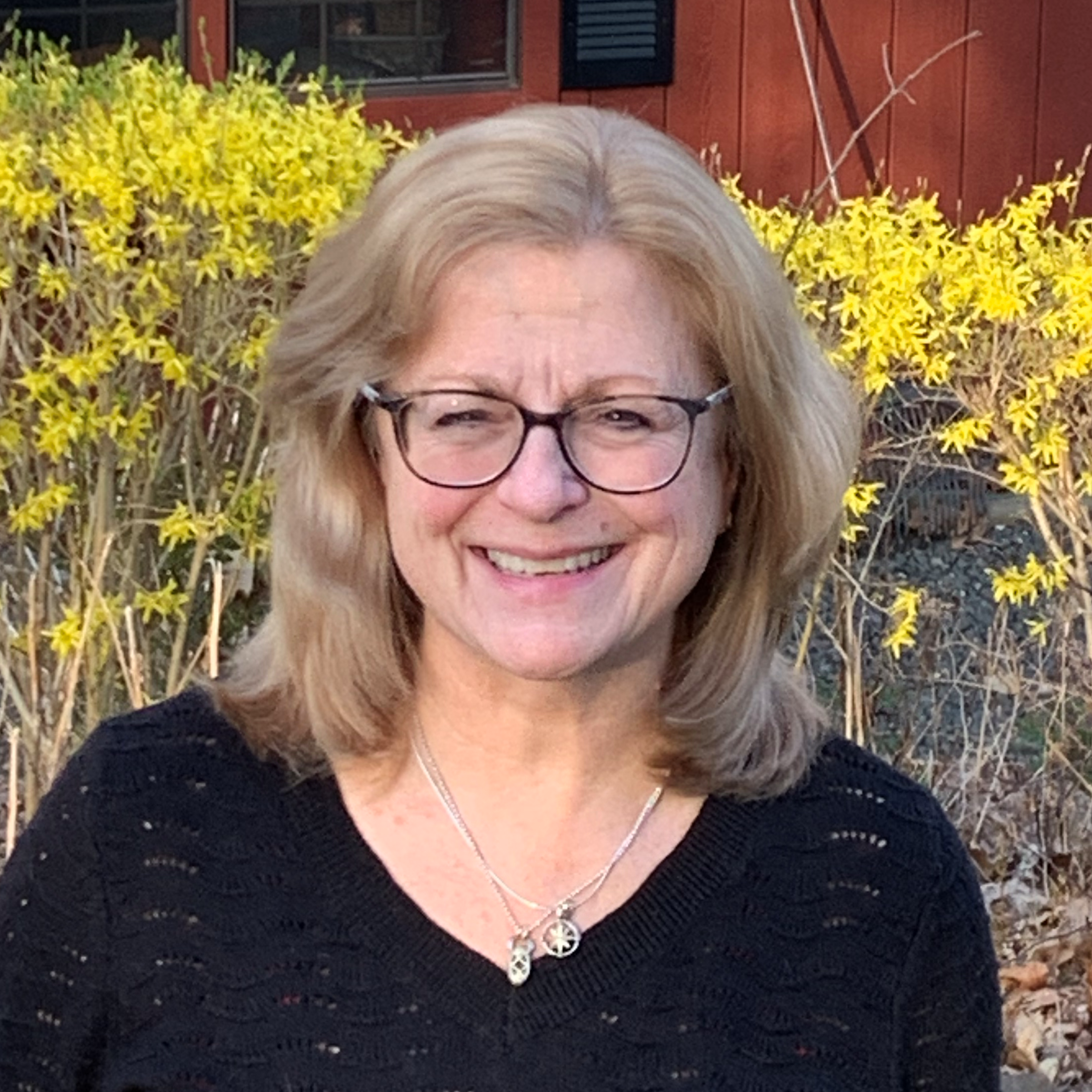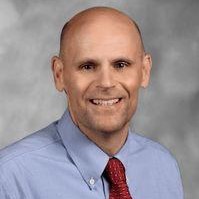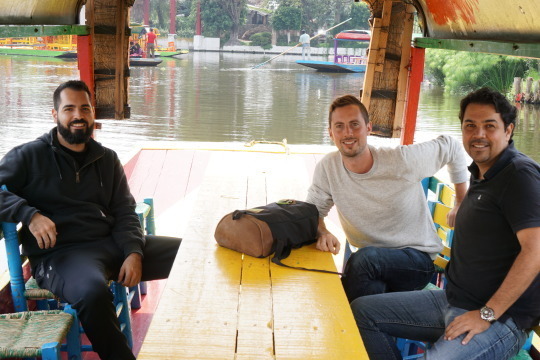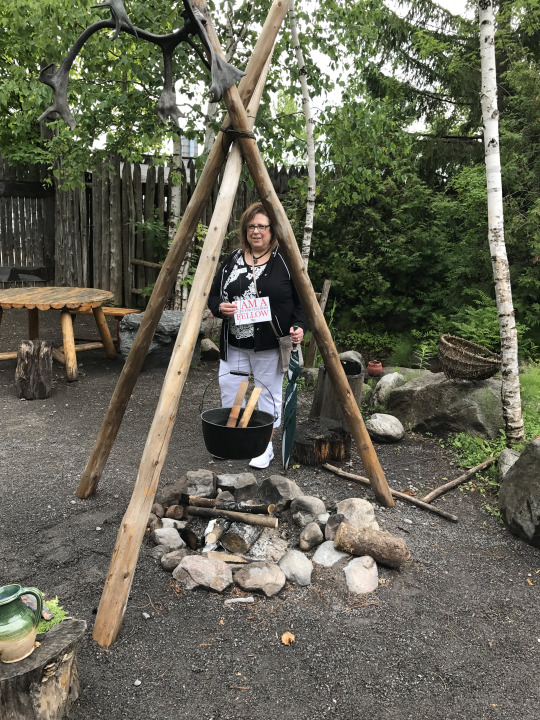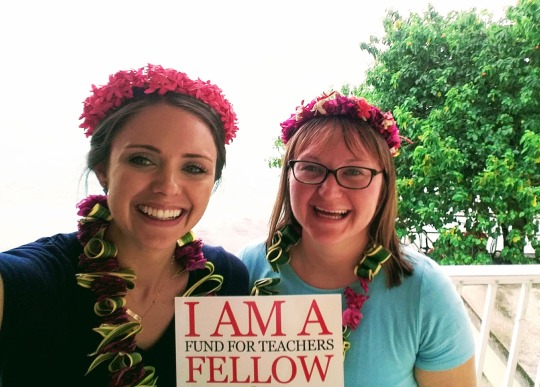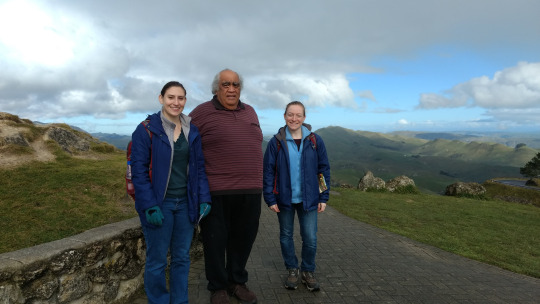Today we continue our “Fellow Friday” summer series — despite knowing that many of you are completing your first few days of school. Let these peers be inspiration for you to begin thinking about what YOU could learn and where next summer with a Fund for Teachers grant! These FFT Fellows who designed learning around various aspects of literature…
Click here for a complete list of grant recipients.
[minti_divider style=”3″ icon=”” margin=”20px 0px 20px 0px”]
 Drew Bicknell-Gates
Drew Bicknell-Gates
Mohegan Elementary School | Uncasville, CT
Experience Key West’s influence on Ernest Hemingway’s writing and explore my own creativity at Walt Disney World, culminating in a writing retreat aboard a train, to motivate my students to grow in their writing and creative-thinking skills through inspiration in their everyday lives. (Pictured at Hemingway’s studio)
“As a special education teacher, I often struggle with how to balance teaching incredibly structured programs to meet the needs of my students receiving special education services with creative teaching that I know will be more engaging for my students. Creative people are able to think critically about problems and come up with unique solutions, skills which are gained through practice and experience. I want to help my students build these crucial skills to help them set a foundation on which they can continue to learn for the rest of their lives.”
 Stephanie Brown | Floyd I. Marchus High School – Concord, CA
Stephanie Brown | Floyd I. Marchus High School – Concord, CA
Research in England key sites from Jane Austen’s life and the novel “Northanger Abbey” to design a curriculum that incorporates the use of social thinking curriculum to make novels and their focus on interior thoughts accessible to neuro-diverse students.
“The ability to imagine how another person thinks and feels is a long-recognized weakness among students on the Autism spectrum. However, reading literature improves one’s capacity for empathy and strengthens one’s theory of mind. How, then, do we accommodate students with these challenges so that they may access contemporary literature? The modern novel depends heavily on understanding the thoughts and feelings of others. The very insight the modern novel is meant to provide, then, is potentially inaccessible to students with communicative disorders like autism. My fellowship seeks to make novels and their focus on the “interior” thoughts individual accessible to such students.”
 Kim Buckley | East Lyme High School – East Lyme, CT
Kim Buckley | East Lyme High School – East Lyme, CT
Get firsthand knowledge of Shakespeare and Bronte by visiting English sites in which they lived and worked and also access the knowledge of experts there to improve anti-racist teaching by adding counternarratives that address the problematic nature of White-centered texts, specifically canonical texts by these authors.
“One genuine problem of my practice is making Shakespeare and Brontë relevant to my students and supporting their engagement with these writers who they see as outdated. Furthermore, I want to address the passivity of students in my classroom to get them actively engaged in their learning through performance. Finally, I want to continue to improve my anti-racist teaching by adding counternarratives and addressing the problematic nature of White-centered texts, specifically canonical texts by Shakespeare and Brontë, an approach that will benefit students not only in my AP classes but also in my other classes as well.”
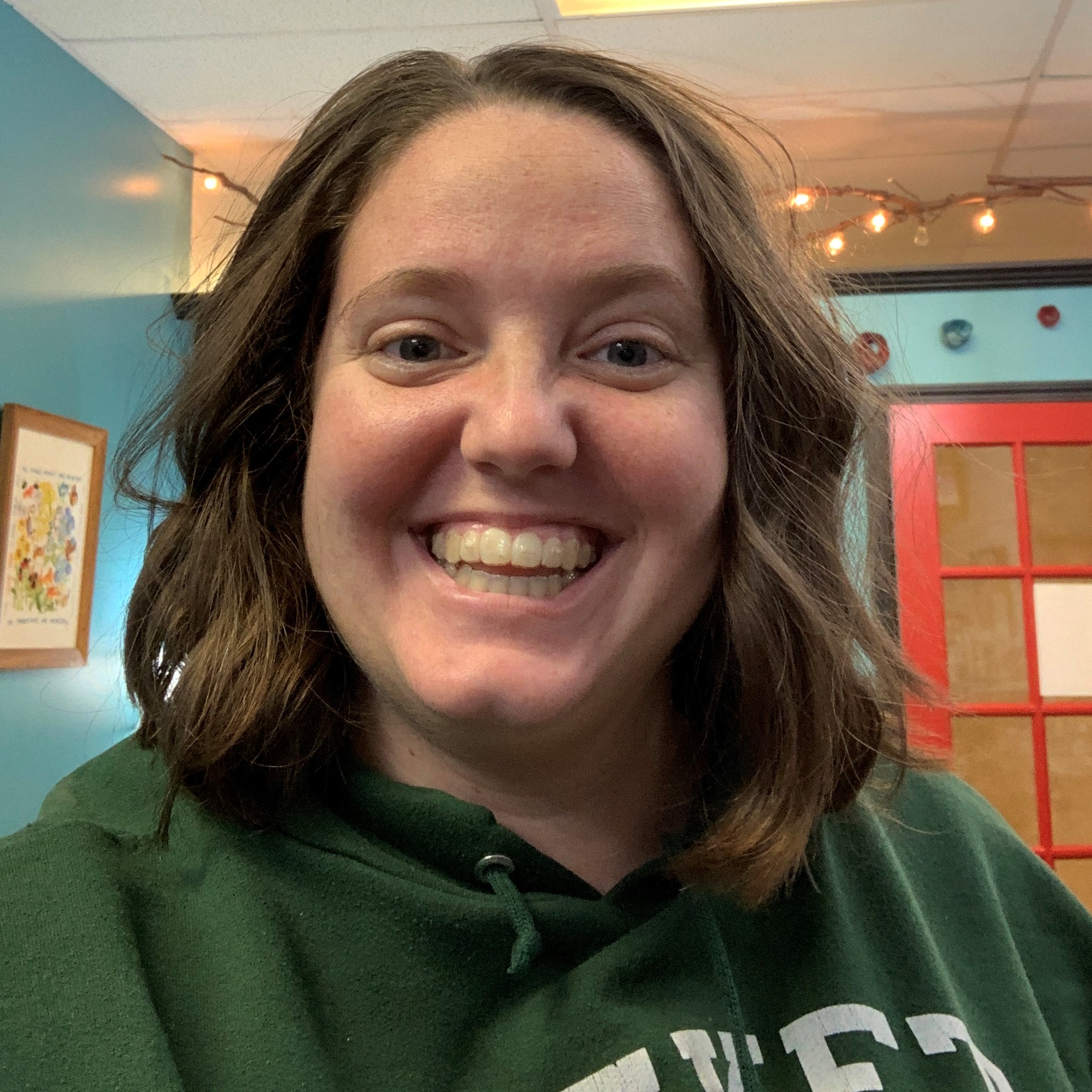 Kaycee Hallett | Mohawk School District – Sycamore, OH
Kaycee Hallett | Mohawk School District – Sycamore, OH
Interview therapeutic horticulturists and horticulture therapists in Denver, Knoxville and Nashville to create for highly capable students addressing eating disorders the opportunity to utilize plant care/gardening for personal stress management and demonstrate the ability to practice health enhancing behaviors through skills learned.
“Having a diverse collection of books is essential in any school library, but I think it’s especially important in a school with such little diversity. The graphic novel books are some of the most popular reading materials in the library: The combination of the written word and pictures make them accessible to all students, even those whose reading comprehension is below grade-level. I believe understanding the culture will help when students have questions about Japanese culture and beliefs that frequently come up while they are reading manga, and help in the decision-making process to bring appropriate, engaging materials to the students who desire it.”
 Brook Hopkins | Soddy Daisy High School – Soddy Daisy, TN
Brook Hopkins | Soddy Daisy High School – Soddy Daisy, TN
Explore cities in Northern and Central Europe that are the settings for two popular graphic novels pertaining to individual experiences of the Holocaust to build a greater understanding of the systematic way the Nazis exterminated more than six million Jews and help students feel connected to the victims, perpetrators, and bystanders of the Holocaust and its terrible place in our history.
“Great age-appropriate literature, especially graphic novels, create a literary space where students of all reading levels can grow intellectually, emotionally and with empathy in their views of others who differ from themselves within our world. These two graphic novels: Maus: A Survivor’s Tale and Anne Frank’s Diary and The Graphic Adaptation (adapted by Ari Folman) are the focus for an enhanced literary unit and the structure and itinerary of my fellowship. My experiences will deepen my content growth, empathy, and ability to help my students feel connected to the victims, perpetrators, and bystanders of the Holocaust and its terrible place in our history.”
 René Peña-Govea | June Jordan School For Equity – San Francisco, CA
René Peña-Govea | June Jordan School For Equity – San Francisco, CA
Attend the Tin House Summer Workshop at Reed College in Portland, OR, to hone writing, workshopping, and editing skills that inform student writing workshops and provide them additional spaces for self-expression.
“As a teacher-librarian, I am well-versed in encouraging and teaching literacy, but not so much in teaching or holding space for creative writing. I would like to add to my experience as a student of creative writing so I can put myself in my students’ shoes as well as observe skillful teachers to hone my own skills as a writing teacher. My goals are to engage with creative writing as a student in a writers’ workshop and then put my teaching hat on to dissect what the writing faculty is doing. I will then bring those skills back to my school to open creative writing workshops, clubs, or other spaces up for students.”
 Victoria Rosenburg | St. Matthew’s Parish School – Pacific Palisades, CA
Victoria Rosenburg | St. Matthew’s Parish School – Pacific Palisades, CA
Explore Great Britain’s geography, cultural landmarks, and historic sites to revitalize a middle school English curriculum with a unit on heritage and literature that expands a nature writing component and brings Shakespeare’s works to life.
“While I am very lucky that my family has been able to trace our ancestry, many of my students do not have access to information about their ancestry. I have taught students who are American Born Descendent of Slaves, who are refugees, and who come from chosen families. I am cognizant of these different backgrounds and aware of how that can impact a student’s experience when participating in a unit on ancestry or heritage. My learning plan, and in turn, the revitalization of my 6th-Grade unit, will be focused on cultural heritage – the traditions, artifacts, history, and stories that are passed down from generation to generation. By refocusing my unit, I broaden the opportunities for students to make connections, experience engagement, and feel included.”
 Lorrie Storozuk | Tolland Intermediate School – Tolland, CT
Lorrie Storozuk | Tolland Intermediate School – Tolland, CT
Journey through two National Parks and part of the Nez Perce Historic Trail in Montana and Wyoming to experience the historical setting of the book Thunder Rolling in the Mountains and enrich learning about Native American history for an integrated English Language Arts/Social Studies curriculum unit
“By sharing personal visuals, photographs, and current stories of travel from the region, I can show students the evidence that people eventually understood how the Native Americans’ lifestyle and culture is connected to their homeland and the natural resources because, not only did the U.S. government protect the land of the region by creating several National Parks, but also preserved the Nez Perce National Historic Trail from 1877, and we are still able to visit it today.”.
[minti_divider style=”3″ icon=”” margin=”20px 0px 20px 0px”]
“Now more than ever, it is imperative that we invest in the most important component of any classroom — the teacher,” said Karen Eckhoff, Executive Director of FFT. “Educators are facing countless challenges every day, and Fund for Teachers is dedicated to further diversifying the ways that we can support them. Our grants represent trust in teachers’ professionalism, creativity, and vision, offering flexibility to meet the unique needs of each classroom, with the students remaining the ultimate beneficiaries as they continue to grow and learn in today’s ever-changing world.”
We look forward to introducing you to more 2022 FFT Fellows next Friday!










